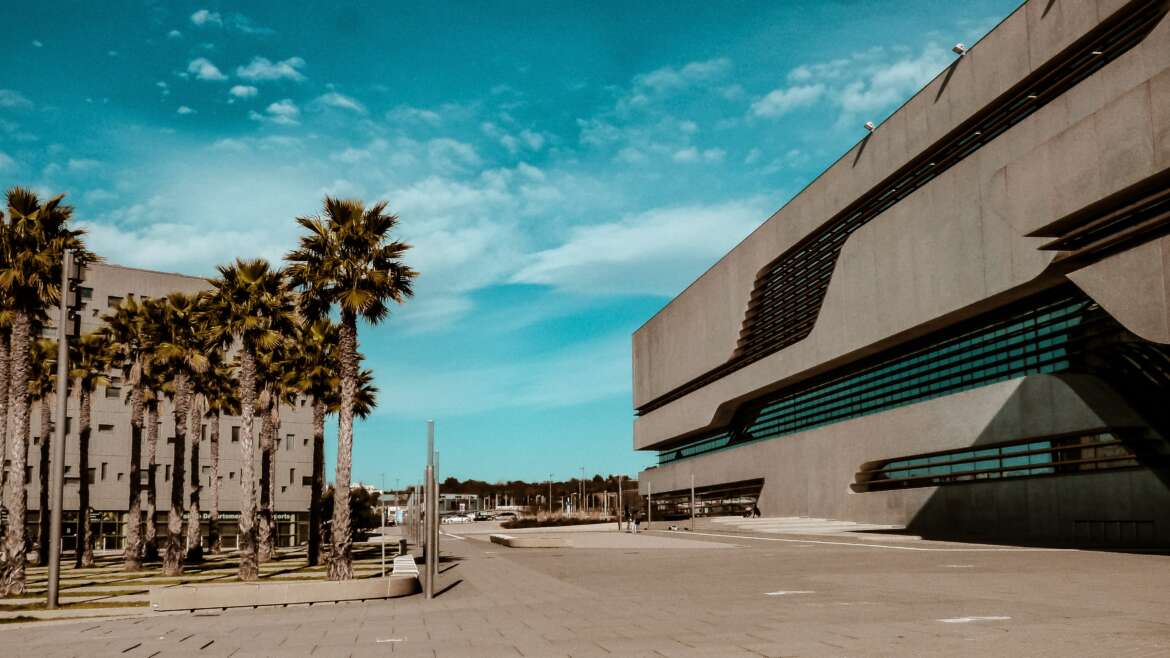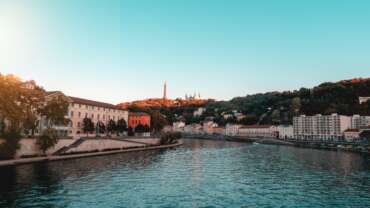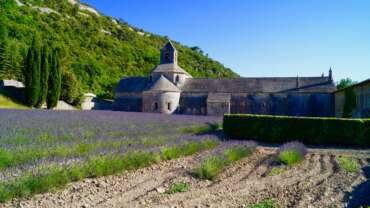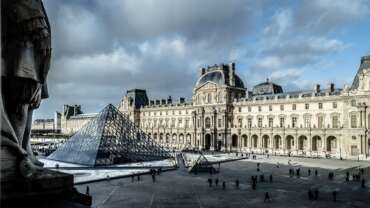South of France - Occitanie
It’s another south. A south where nature, both dramatic and serene between the Pyrenees and the Cevennes, serves as a haven for the most original experiences. And where the copper stone carries memories from the centuries, from Nîmes la Romaine to the Cathar castles and the medieval Carcassonne and Rocamadour. Begin with the pinkest of all: Toulouse! Friendly and celebratory, the regional capital embodies the sweetness of life in Occitanie at every turn – especially on its terrace bars with breathtaking views of the Garonne.
The must-sees in Occitanie-South of France
What is there to visit in Occitanie? To capture the spirit of the region and see life in pink, head first to Toulouse.
Toulouse
The coppery tints of its bricks give it an air of Italy, but its monuments have a very singular personality: explore the Capitol, its Town Hall; the interminable neoclassical façade of the basilica of Saint-Sernin, a masterpiece of Romanesque art; and the Gothic Couvent des Jacobins. Not to mention the Hotel Assézat, one of France’s most stunning Renaissance mansions to punctuate its courtyards and alleys.
From the Pink City, you can easily explore the rest of Occitanie and discover some gems left behind by skilled architects.
Albi
In Tarn, the episcopal city of Albi is a gem of architecture – its Cathedral Sainte-Cécile is a masterpiece of Gothic art and contains the largest collection of Italian Renaissance paintings executed in France.
Cathar country
To fully go back in time to the Middle Ages, two other wonders must be explored: the fortified city of Carcassonne and its imposing wall punctuated by 52 towers, and the medieval village of Rocamadour, clinging to a cliff 150 metres above the Alzou canyon. And push on to Montpellier: close to the sea, you’ll get delightfully lost in the winding streets of its old Ecusson centre. Occitanie, then independent from France, finally rallied the kingdom in the 13th century following the crusade against Cathar heresy. This memory permeates the famous Cathar castles, fortified citadels where the Albigensians took refuge.
Nîmes
In Nîmes, you dive straight into antiquity. Inspired by the Colosseum in Rome, its huge amphitheatre is the best preserved in the Roman world. You can also add on extra visits such as the Museum of Romanity or the amazing Castellum, arrival point of the Nîmes aqueduct. All that remains is to head 40 kilometres out of the city to the Pont du Gard. At a height of 48 metres, you can witness the whole story of this incredible aqueduct that carried water to the fountains, gardens and houses of Nîmes, from a spring near Uzès.
Occitanie: gentle experiences combining sport and culture
Love sport or love culture? In Occitanie you can combine the two by cycling along the Canal du Midi from Toulouse to Sète, passing through Narbonne – its 241 kilometres are strewn with monuments and exceptional landscapes. To vary the pleasures, you can also opt for a boat ride. And for music lovers, there’s nothing like the experience of the jazz festival in Marciac: the world’s greatest names in the genre meet there each summer.
To fully soak up Toulouse’s party atmosphere, you need to go to a bar, either indoors or on a terrace with your feet in the Garonne. Then all that’s left is to enjoy the calm of the Cévennes mountains, whose national park is the largest of its kind in France.
Traditions and heritage in Occitanie-South of France
Occitanie is also home to some unusual traditions. At the Maison Causse in Aveyron are expert tanners who turn the finest leathers into gloves. And on the roof of the Galeries Lafayette in Toulouse, you can enjoy a 180-degree panorama across the Pink City while enjoying the culinary delights of chef Michel Sarran.








